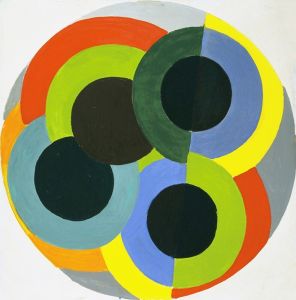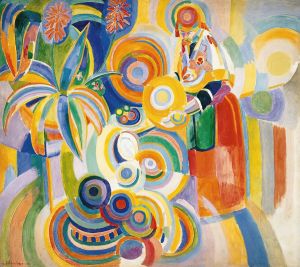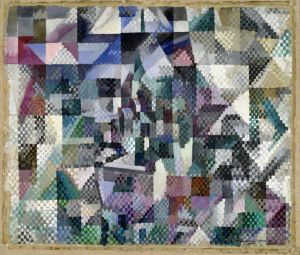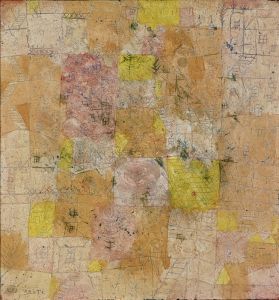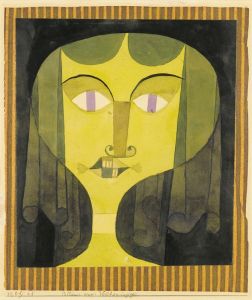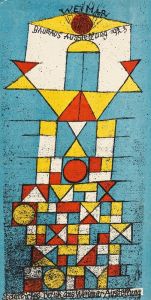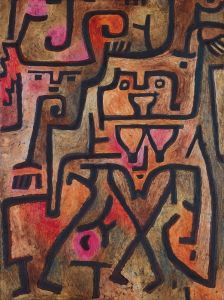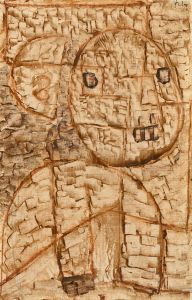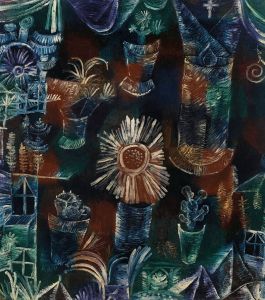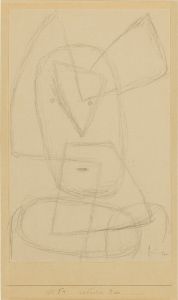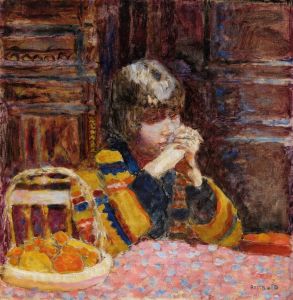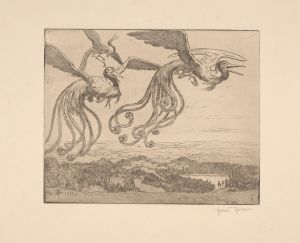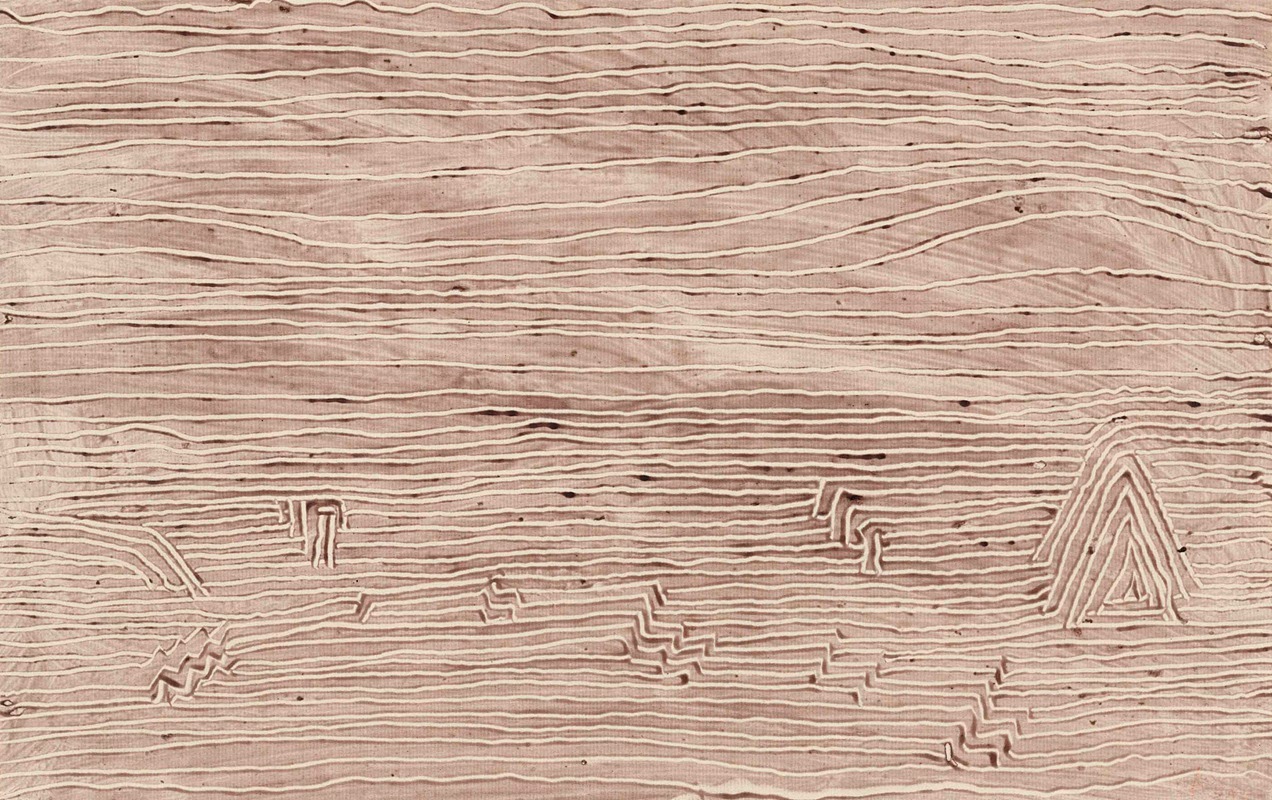
Versandete Siedelung
A hand-painted replica of Paul Klee’s masterpiece Versandete Siedelung, meticulously crafted by professional artists to capture the true essence of the original. Each piece is created with museum-quality canvas and rare mineral pigments, carefully painted by experienced artists with delicate brushstrokes and rich, layered colors to perfectly recreate the texture of the original artwork. Unlike machine-printed reproductions, this hand-painted version brings the painting to life, infused with the artist’s emotions and skill in every stroke. Whether for personal collection or home decoration, it instantly elevates the artistic atmosphere of any space.
Paul Klee's Versandete Siedelung (translated as "Silted Settlement") is a painting created in 1934 by the Swiss-born German artist, who is widely regarded as one of the most influential figures in modern art. Klee was known for his highly individual style, which blended elements of expressionism, surrealism, and abstraction. His works often explored themes of nature, architecture, and the interplay between the organic and the geometric.
Versandete Siedelung reflects Klee's fascination with architectural forms and their integration into natural landscapes. The painting depicts a series of abstracted, geometric shapes that resemble buildings or a settlement, partially obscured or overtaken by a sandy or silty environment. The muted color palette, dominated by earthy tones such as browns, yellows, and grays, evokes a sense of desolation and timelessness. The composition suggests a narrative of decay or abandonment, themes that were recurrent in Klee's work during this period.
The year 1934 was a significant and challenging time in Klee's life. In 1933, he was dismissed from his teaching position at the Düsseldorf Academy by the Nazi regime, which labeled his art as "degenerate." This political persecution, combined with the onset of a debilitating illness (later identified as scleroderma), marked a period of personal and professional upheaval for the artist. Despite these difficulties, Klee remained remarkably productive, creating works that reflected his resilience and evolving artistic vision.
Klee's artistic process often involved meticulous planning and experimentation with materials. In Versandete Siedelung, he employed his characteristic technique of layering pigments and using fine lines to create texture and depth. The painting exemplifies his ability to balance abstraction with a sense of narrative, inviting viewers to interpret the work's meaning while appreciating its formal qualities.
Today, Versandete Siedelung is recognized as an important example of Klee's late-period work. It demonstrates his continued exploration of themes related to human habitation, the passage of time, and the relationship between man-made structures and the natural world. The painting is held in a private collection, and its exact exhibition history is not widely documented. However, it remains a subject of interest for scholars and admirers of Klee's oeuvre.
As with much of Klee's art, Versandete Siedelung resists definitive interpretation, instead offering a poetic and open-ended visual experience that reflects the artist's unique perspective on the world.





